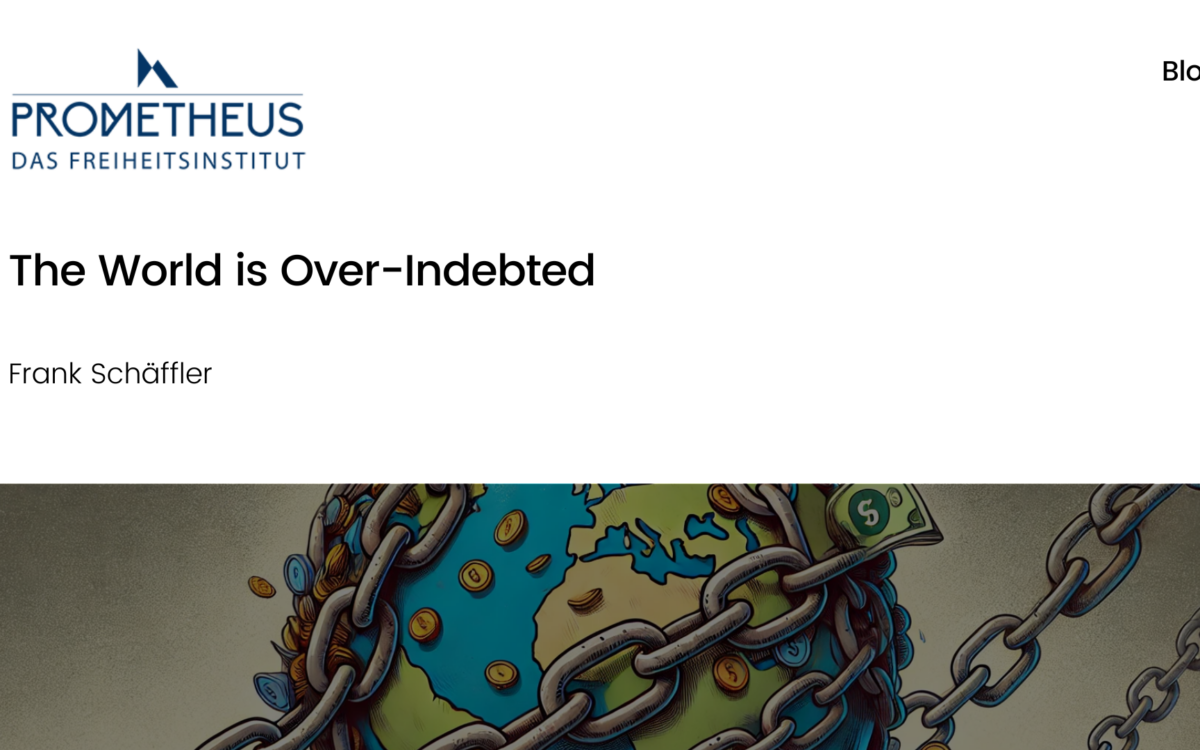Could ‘Lombardy Bonds’ Be the Answer to the Eurozone Debt Puzzle?

Could ‘Lombardy Bonds’ Be the Answer to the Eurozone Debt Puzzle?
Alberto Mingardi // 15 April 2020
At the last Eurogroup meeting, Eurozone finance ministers agreed to set up a ‘Recovery Fund’ to help trigger an economic rebound once the lockdowns are over. But the vexed question of whether some shared ‘European’ debt should be issued has not been solved.
In the last few weeks, the German and Dutch governments have been criticised for opposing the idea of issuing European ‘Coronabonds’. Meanwhile, Italy is responding to the crisis by offering banks public guarantees to cover 90%-100% of their lending. With the lockdown continuing, Giusepppe Conte’s government has little choice but to increase spending. Given its high debt to GDP ratio (135%) and the likely need for a lot of extra public spending, the only way for Italy to borrow at reasonable rates is to mutualise this new debt with other Eurozone members.
Perhaps unsurprisingly, the German and Dutch governments are wary of committing resources to shore up Italy’s position. A few days ago, Rome’s measures to cope with the health emergency included the nationalisation of Alitalia, a long-standing candidate for bankrupcty. An Italian minister has also spoken about the need to support those who work in the informal economy during the lockdown. Lack of income is as serious an issue for unregistered domestic workers and unlicensed street sellers as it is for anybody, but German and Dutch households may feel unwilling to support these people. Yet given the scale of Italy’s suffering during this crisis – with the death toll now over 18,000 – it is easy to accuse northern European states of insensitivity.
Perhaps, however, there is another way to pursue the same goals – lowering the interest rate on debt and developing some sort of European solidarity. Let the Lombardy government, instead of the Italian one, be the issuer of new debt, which is then guaranteed by all Eurozone states acting together. The creditworthiness of Lombardy is strong and northern European countries will see it as such.
Bear in mind that it is the north of Italy that has born the brunt of the crisis, with Lombardy accounting for over 10,000 deaths. Milan and its environs entered the lockdown earlier than the rest of the country, and since productive activity is concentrated there, so too will the economic costs of the lockdowns be.
The North of Italy has for centuries been one of the most enterprising areas in Europe. Not for nothing was the bankers’ street in London named ‘Lombard street’ (whence too the title of Walter Bagehot’s book).
Nor is Lombardy’s prosperity and entrepreneurial spirit a thing of the past. It remains Italy’s Bavaria, and its cornucopia of small and medium businesses are fully integrated into international supply chains. In 2008-2018, Italian exports grew by 16,9%, largely thanks to northern businesses which have made the most of globalisation. Lombardy accounts for 22% of Italy’s GDP. Combine Lombardy and Veneto, the region which includes Venice, and it’s a third.
With that in mind, public guarantees for business borrowing will be more sustainable if regional governments bear some downside risk, while also looking like an attempt to pool the debt of northern Italian companies. As many of those companies are very small, defaults are certainly likely, but the region’s history of success also suggests big opportunities will be grabbed by others. Non-conventional instruments may be less controversial if new debt is better targeted.
This new spending is also likely to be more effective, as it is localised: besides keeping businesses alive during the lockdown, it may be needed to properly equip companies with personal safety devices, so they can get back to work, as well as helping them to reallocate resources in the post-crisis world.
As it stands, the Italian constitution provides that regional governments can only borrow for the sake of investment spending. All of the spending detailed above could conceivably be described as such, particularly in the unprecedented situation the country is in.
Italian local governments have limited fiscal capacity. But from the point of view of monetary sovereignty – that is, the ability to print money to repay debt – if Lombardy issues bonds in euros it will be in exactly the same position as Italy as a whole, or Germany for that matter.
The Italian central government should therefore commit to giving regions more fiscal capacity in the future, allowing them to repay this new debt with regional taxation. Certainly, the Italian government will need additional resources too, but if most of the cost of keeping businesses afloat is born by ‘Lombardy bonds’, Rome will be free to focus on welfare problems in the parts of the country so far less affected by Covid-19, and moderately increase spending and debt to that end. The very issuance of Lombardy Bonds would also act as a handbrake on the inordinate growth of Italy’s public spending, which other Eurozone countries rightly fear.
Northern European countries are concerned about lending money to Italians to allow for earlier retirement, and they are right. Lending money to keep the productive heart of Europe pumping is, however, quite another thing.
This article appeared first on CapX.
EPICENTER publications and contributions from our member think tanks are designed to promote the discussion of economic issues and the role of markets in solving economic and social problems. As with all EPICENTER publications, the views expressed here are those of the author and not EPICENTER or its member think tanks (which have no corporate view).



